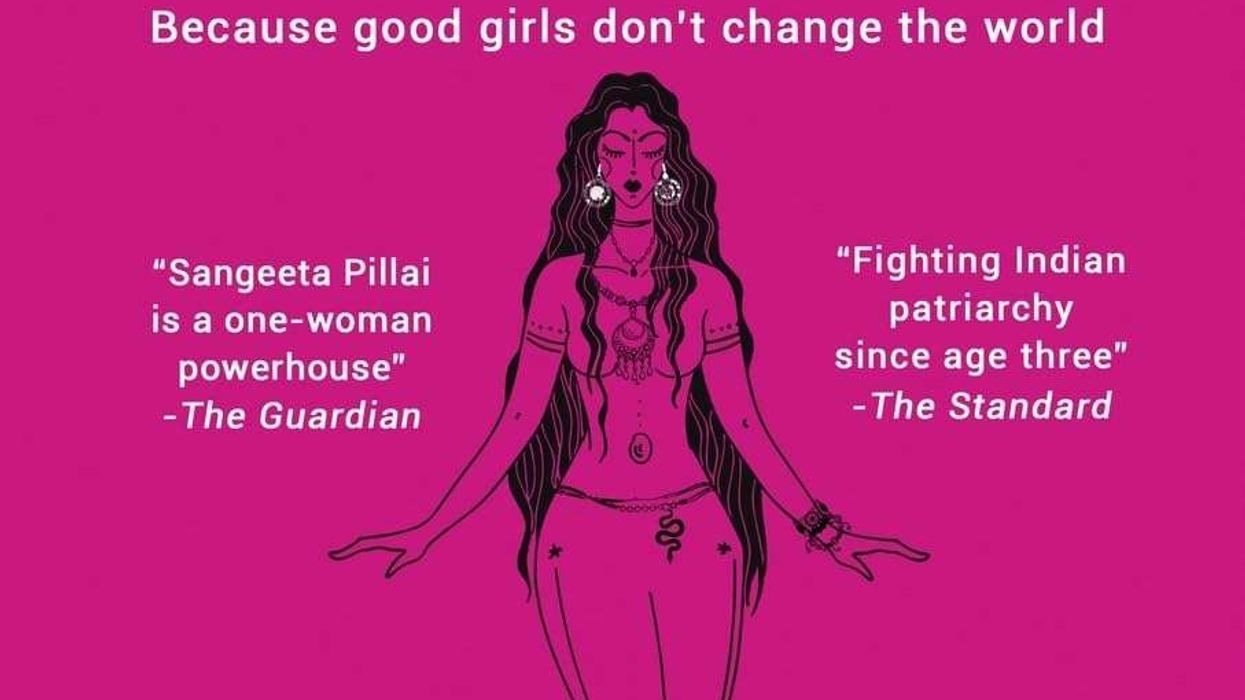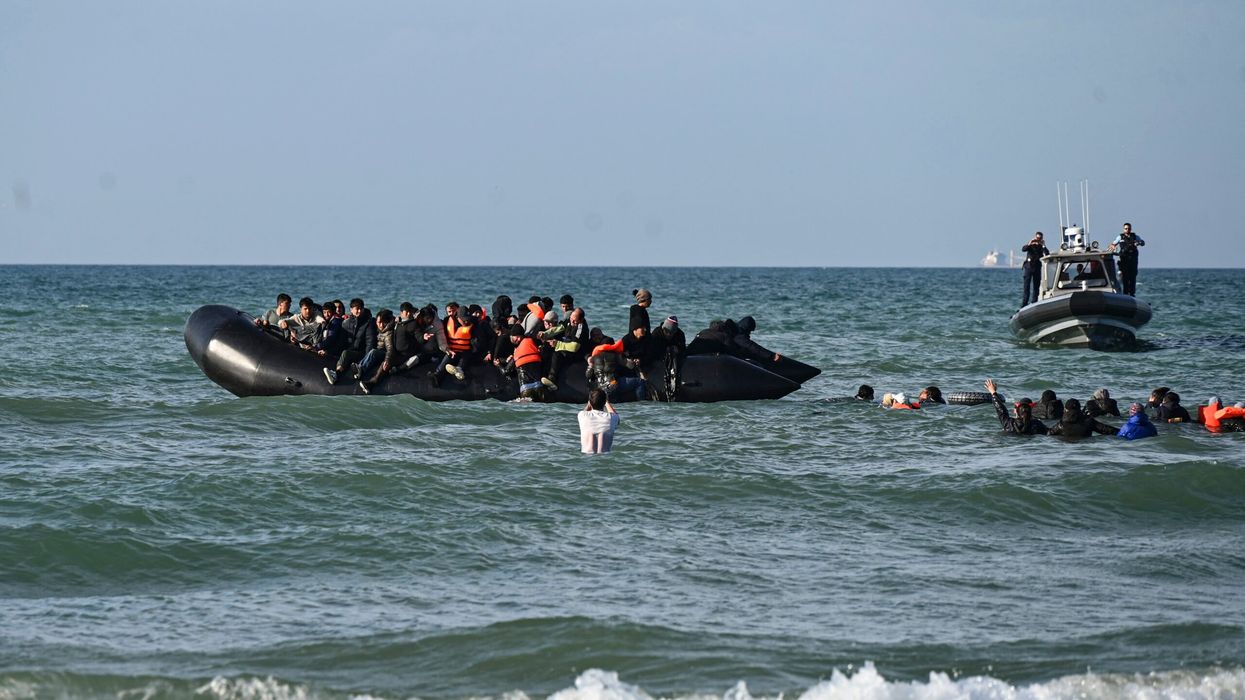GULSHAN EWING FEATURED ARTICLES FOR MODERN WORKING WOMEN IN HER TITLES
by AMIT ROY
GULSHAN EWING, who died last month, aged 92, from coronavirus at a care home in London, was photographed with the likes of Cary Grant, Gregory Peck, Alfred Hitchcock, Danny Kaye, Ava Gardener and Roger Moore when she was the glamorous editor of Star & Style, a film magazine in Bombay (now Mumbai) from 1966 to 1989.
She also met the Italian director Roberto Rossellini as well as Prince Charles and danced with Lord Astor.
She was simultaneously editor of a woman’s magazine called Eve’s Weekly, for which she interviewed Indira Gandhi in April 1975 – only weeks before the Indian prime minister locked up opposition leaders and imposed a state of emergency on June 25, 1975.
“That my mother helped so many young journalists get their first break makes me so proud,” her daughter, Anjali Ewing, 59, who has herself been a journalist in the UK but now gives private tuition to 11-plus pupils and offers yoga lessons and videos to schools, told Eastern Eye.
“The black and white pictures are very evocative of a 1940s-50s kind of Hollywood glamour,” said Anjali, who has been going through her mother’s collection of old photographs. “She didn’t go to Hollywood – these people must have come to India to promote something.”
Her mother became something of an icon in Indian high society. Eve’s Weekly became increasingly feminist and moved from covering recipes and fashion to “more powerful stories about working women”.
Anjali explained that Star & Style was a fortnightly magazine, which “covered showbiz and films, Indian and Hollywood. It had a gossip columnist called Devyani Chaubal, who was very, very good at her job. She riled all the actors and directors – she used to get amazing stories about what everyone was up to. They would get very angry and call my mother and shout and scream, and my mother would always back Devyani.”
Her father, Guy Ewing, a Scotsman who was born in Paris and had grown up in Manchester, met Gulshan Mehta, who was born into a Parsi family in Bombay in 1928. Just after Indian independence in 1947, when most British people were fleeing India to return to the UK, Joseph Dennis Ewing made the journey in the opposite direction. He left Manchester for a job in Calcutta (now Kolkata) as a financial editor of The Statesman, then the most distinguished paper in India. His son, Guy, 17 at the time, also began in journalism in the city before venturing to Bombay a couple of years later.
Anjali takes up the story about how her parents met: “My dad was outside the Strand Cinema in Bombay with a friend of his and he spotted my mother with a group of her friends. His friend, Charlie, said, ‘Oh, that’s Gulshan Mehta, she works at Current, she is a journalist.’
“My dad said, ‘If you know her, can you get us together? His friend said, ‘Come on, I will introduce you.’ My dad said, ‘No, no, not like this. Why don’t you throw a get-together of some kind?’
“So Charlie threw some kind of party and he invited my mum. And my dad monopolised her for the entire evening. Apparently, he proposed towards the end of the evening. My mother said, ‘Don’t be silly. You are tipsy.’ So, he promised to propose sober the next day which apparently he did do. They courted for a year, got married in 1955 and stayed on in India.
“My mother must have been very Parsi growing up but when she married my father, she got excommunicated from the religion – she couldn’t go to the fire temple. She was quite westernised, anyway. Being with my father, we all spoke English at home. It was a very English household in India.
“They came to live here in the UK with my grandparents for a year after their marriage – my mother worked with Air India – but then went back to India. My brother Roy was born in 1957 and I was born in 1961. After they retired, they came to the UK in 1990 and settled in Surbiton. My dad died in 2018.
“I have been here since 1983, working mainly as a sub-editor for the Asian Post and the Ealing Gazette, and then for the Daily Mail, the Sunday Times, the Telegraph, and for 12 years as a feature writer with TV Times magazine and for three years with Hello! where I covered Melania’s wedding (to Donald Trump).”
In retirement in England, her mother would be nostalgic about her days in Bombay. “She used to watch a lot of Indian movies and immerse herself in (film) magazines like Stardust.”
Anjali was with her mother in her last moments: “I was very lucky – I was with her when she passed away. She had no suffering, she had no distress, she went without any medical intervention or drugs of any kind so she had a ‘good coronavirus death’. I want to celebrate her life. She has had an amazing life.”
Affectionate tributes have been paid by many people in India who remembered Ewing from her time as editor of two influential publications.
Meher Castelino, who won the Miss India title in 1964 and was encouraged by Ewing to become a fashion journalist, recalled: “I can never forget her elegance. Cigarette attached to a long stylish filter in one hand, clad in beautiful, printed, chiffon saris, elegantly styled décolleté cholis and perfectly coiffured hair, Gulshan would float into a room enveloped in the most exotic perfume. She was the ultimate style diva of the days and in a coterie of male editors, she was a breath of fresh air.
“Gulshan Ewing was decades before her time. The subjects magazines cover now were visualised by her along with fashion features years ago. For me, Gulshan will always be the ultimate editor who had elegance, style, grace and above all a personality, which was not only friendly, warm and memorable, but also unforgettable.”
Gulshan Ewing née Mehta, was born in Bombay (now Mumbai), on March 20, 1928. She died in London on April 18, 2020











